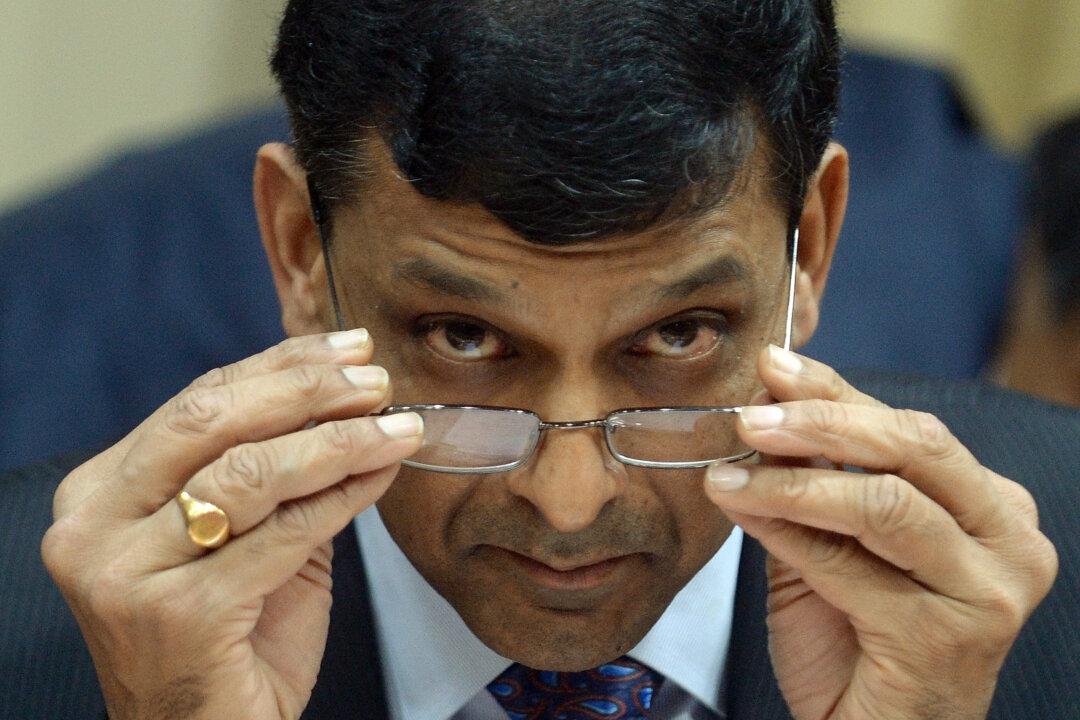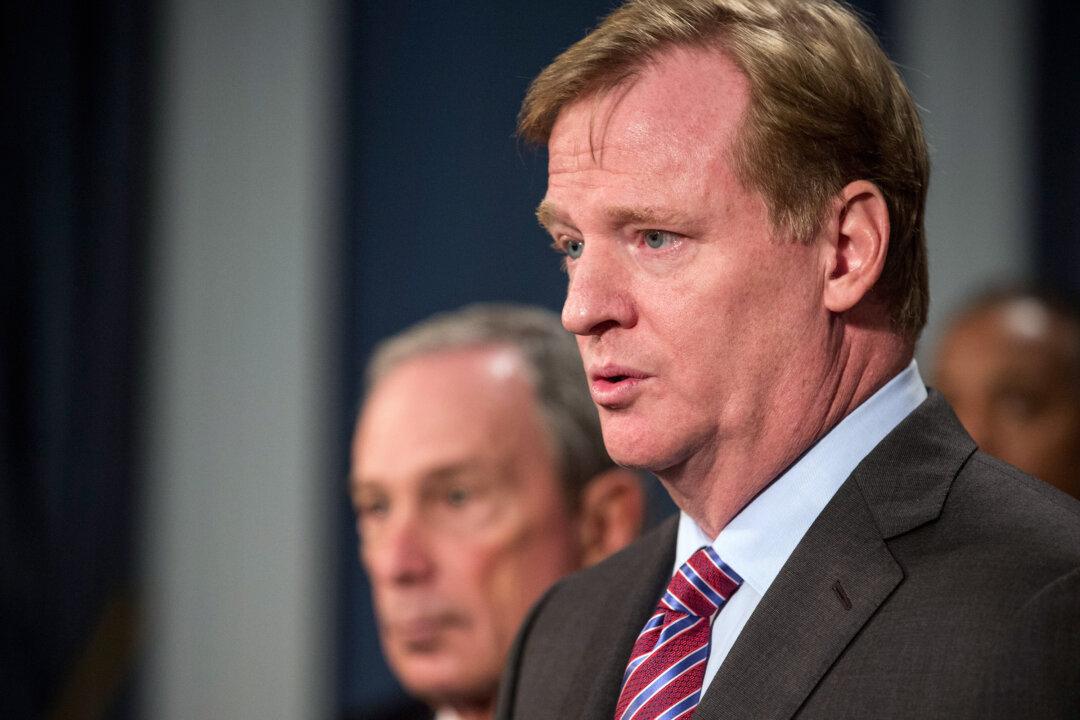News Analysis
As the U.S. Federal Reserve prepares to tighten the money supply and emerging market economies cool off, a credit bubble could quickly burst.
Companies and investors flooded emerging market economies with cash after the recent financial crisis, as near-zero interest rates in the United States and Europe sapped potential returns.
Money flowed into these markets like champagne, devaluing the dollar and enabling emerging market companies to go on borrowing binges.
In early to mid-2014, the Federal Reserve will likely scale back its quantitative easing (QE) measures, which helped lower borrowing costs and spurred business growth after the recent financial crisis. With the U.S. economy now on a firmer footing, the Fed hopes to bring back normalcy to the financial markets.
The resulting higher interest rates could see investors pull some dollars out of foreign companies and banks.
The Treasury yield curve has slowly shifted up and the dollar has appreciated. As a result, emerging markets, particularly nations with current account deficits, could see bad loans and default rates skyrocket.
We’ve already witnessed a prelude earlier this year after the Fed teased about tapering the QE. But the capital flight was temporarily halted after the Fed decided to continue its bond-buying program in September.
It’s only a matter of time until it happens again, and unfortunately for emerging markets, reliance on foreign dollars isn’t a trend that can be reversed in a few months.
Global corporate default rates are already creeping up, according to data from Fitch Ratings.
“A distressed debt exchange and a bankruptcy filing from two emerging market issuers helped boost the high yield default rate in October,” the rating agency said in a report. The trailing 12-month default rate increased to 2 percent in October due to a distressed debt exchange from China-based Winsway Coking Coal Holdings and a bankruptcy filing by Brazilian oil major OGX.
Repeat of 1997?
A replay of the past could result. In the 1990s, easy money buoyed Asian economies until a sudden shift in U.S. monetary policy triggered the 1997 Asian financial crisis.
In the late 1980s, loose U.S. monetary policy fueled a credit boom in emerging markets—mostly Southeast Asia. As most of those countries’ currencies were pegged to the dollar, investors were attracted to the relative stability and higher returns.
In the mid-1990s, the United States shifted its policy and began to strengthen the dollar against the Japanese yen and European currencies. Emerging market currencies sold off and a capital flight ensued. The International Monetary Fund swooped in to provide financing.
Today, central banks’ foreign reserves are much higher and currencies are no longer pegged to the dollar. Foreign investments are also more diverse, so any resulting capital flights are not expected to be as severe.
“Emerging market (EM) corporate bond sales have doubled since 2005. In 2012, they reached a record $200 billion. EM corporations surpassed that record by the end of May of this year,” wrote William Gamble, an international business consultant and author of “Emerging Markets: Rules of the Game.”
“Many of these corporations are accessing the market for the first time. A fifth of Asian local currency bonds are in debut deals,” he added.
Brazil Puts on the Brakes
Despite last month’s bankruptcy of OGX, Brazilian banks have progressively scaled back on lending over the past several months.
Over the last two years, President Dilma Rousseff gave the biggest state-owned Brazilian banks—BNDES, Banco do Brasil, and Caixa Economica Federal—incentives to tighten lending to consumers and corporations.
The effort helped. Central bank data released Nov. 28 showed that Brazilian bank loan defaults, indicating delinquencies of 90 days or more, dropped to 5 percent, an improvement from the prior month, though still elevated.
India in Focus
Raghuram Rajan, governor of the Reserve Bank of India, has one of the toughest central banking jobs among all emerging markets. By most accounts, Rajan is more hawkish than many central bankers and is firmly aware of the role developed countries play in flooding emerging markets.
But his problems are deep-rooted.
India has roughly $400 billion in external debt, 80 percent of which is denominated in foreign currency. As such, India is extremely sensitive to sudden interest and foreign currency movements.
According to India Ratings & Research, the country’s annual corporate default rate, as of 2013, exceeded 4.5 percent, which is a 10-year high. That’s 100 basis points higher than the rate in 2012 (one basis point is 1/100 of a percent).
The real default rates in India could be even higher because regulators allow Indian banks to restructure nonperforming loans prior to reporting them as being in default. India’s Ministry of Finance recently injected $2 billion into state-owned banks to prop them up against higher delinquencies.
The picture is even bleaker in China, where in the first half of the year China’s four biggest lenders wrote off $3.7 billion (22 billion yuan) in bad loans, almost triple the amount in 2012. The write-offs were to clear up the books in anticipation of new rounds of nonperforming loans.
Past crises tell us that economic policies often have unintended consequences, especially when governments try to artificially change interest rates, currencies, taxes, or some other rate. Those decisions force market participants to deviate from the equilibrium and begin to speculate, over-compensate, or attempt to arbitrage for economic gain.
All market bubbles will eventually burst. The only question is, when and where will they manifest?
Frank Yu is a contributor to the Epoch Times.




